It is a problem that Davos cannot solve.
The World Economic Forum (WEF) tried to mitigate the environmental impact of all those private jets traveling to and from this year’s conference in the Swiss town by giving them the option to fill up on so-called sustainable aviation fuel, which is designed to lower carbon emissions compared with normal flights. Many attendees who left the conference after the last session on Friday will nevertheless have had to take commercial planes that use conventional fuel.
Given the WEF’s effort this week to tackle the risks facing the world economy from climate change — environmental issues topped its agenda for the first time in the event’s 50-year history — it is an uncomfortable situation on its own doorstep. It is also a high-profile example of an issue confronting the entire conference industry: as concern about environmental damage from air travel has given birth to a “flight shame” phenomenon which has darkened carriers’ outlook, there is the potential for a knock-on impact on the business of organizing business meetings.
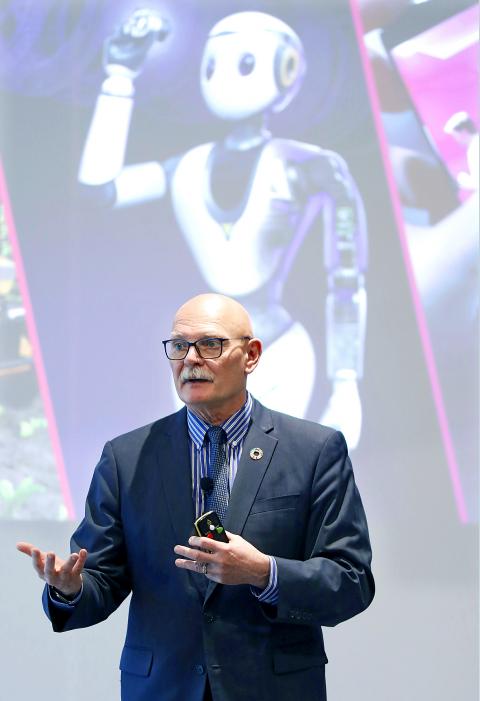
Photo: EPA-EFE
An average conference attendee emits as much as 2,000 pounds (907kg) of carbon dioxide per meeting, according to TerraPass, a sustainability consultancy — about the same as driving from San Francisco to New York City. Some of the environmental impact comes from piles of brochures that might not get recycled, the food that gets wasted and the marketing swag that can end up in landfills. But the vast majority of carbon emissions come from air travel.
“We must get ahead of change and public perception,” Jason Geall, vice president for Northern Europe at American Express Global Business Travel, said in a speech to business travel and meetings executives in London last Monday. “A failure to act now could leave us vulnerable to existential threats, such as flight caps and increased taxation and regulation.”
For now, environmental concerns have not hit events companies. Shares of Relx PLC, which derived about 18 percent of revenue from events in the first half of last year, and Informa PLC, whose events unit contributed about 8 percent, were at or close to all-time highs on Friday. UBS AG analysts led by Adam Berlin forecast 4 percent annual growth in the global exhibitions sector in the coming year, about the same pace as in recent years.
While more organizers are recognizing the need to mitigate the damage their events can cause to the environment, the industry has not settled on an approach for tackling air travel. Some conference holders include carbon offsetting in the cost of the event tickets. Others leave attendees to address the problem themselves.
Take Mobile World Congress (MWC), the annual meeting for the telecommunications industry in Barcelona. This year’s event starts Feb. 24, and last year more than 100,000 people attended. For four of the past five years, Guinness World Records named it “The World’s Largest Carbon Neutral Trade Show.”
MWC lists among its main achievements the creation of a green logo, and the use of recycled post-consumer bottles in the lanyards for attendees’ badges. Guests are also directed to a Web site where they can calculate and offset their emissions from attending the event, a spokeswoman said. The GSMA, the mobile industry lobby group that hosts the conference, calculates and offsets any emissions remaining, including from travel.
Though the events industry has been slow to tackle the problem of carbon dioxide emissions from air travel, images of the Australian wildfires and calls for action from activists like Greta Thunberg have sparked interest in making meetings more green, said Nancy Zavada, president of environmental consultancy MeetGreen in Portland, Oregon.
Demand for her services, which includes helping meeting organizers arrange teleconferencing and carbon offsetting for attendees’ flights, jumped about 20 percent in the last quarter, she said.
“The climate, the storms, the weather, are really starting to wake people up to what’s going on,” she said. “It’s also the Greta effect.”
Zavada also cautions against being too quick to criticize the environmental measures taken at Davos. The WEF does not serve drinks in single-use plastic containers, uses 100 percent renewable energy, and to encourage walking in the Alpine snow, offers shoe grips and maps.
“They’re trying,” Zavada said. “They’re putting some stuff in place. They are just so public, they’re easy to pick on.”
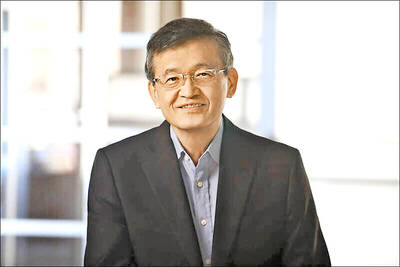
Intel Corp chief executive officer Lip-Bu Tan (陳立武) is expected to meet with Taiwanese suppliers next month in conjunction with the opening of the Computex Taipei trade show, supply chain sources said on Monday. The visit, the first for Tan to Taiwan since assuming his new post last month, would be aimed at enhancing Intel’s ties with suppliers in Taiwan as he attempts to help turn around the struggling US chipmaker, the sources said. Tan is to hold a banquet to celebrate Intel’s 40-year presence in Taiwan before Computex opens on May 20 and invite dozens of Taiwanese suppliers to exchange views
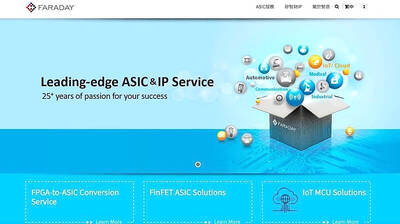
Application-specific integrated circuit designer Faraday Technology Corp (智原) yesterday said that although revenue this quarter would decline 30 percent from last quarter, it retained its full-year forecast of revenue growth of 100 percent. The company attributed the quarterly drop to a slowdown in customers’ production of chips using Faraday’s advanced packaging technology. The company is still confident about its revenue growth this year, given its strong “design-win” — or the projects it won to help customers design their chips, Faraday president Steve Wang (王國雍) told an online earnings conference. “The design-win this year is better than we expected. We believe we will win
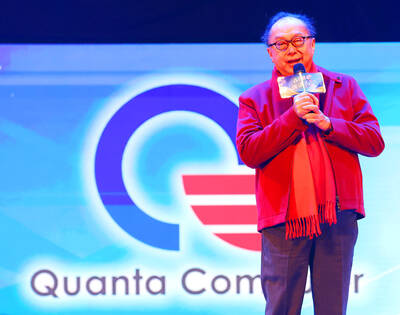
Quanta Computer Inc (廣達) chairman Barry Lam (林百里) is expected to share his views about the artificial intelligence (AI) industry’s prospects during his speech at the company’s 37th anniversary ceremony, as AI servers have become a new growth engine for the equipment manufacturing service provider. Lam’s speech is much anticipated, as Quanta has risen as one of the world’s major AI server suppliers. The company reported a 30 percent year-on-year growth in consolidated revenue to NT$1.41 trillion (US$43.35 billion) last year, thanks to fast-growing demand for servers, especially those with AI capabilities. The company told investors in November last year that
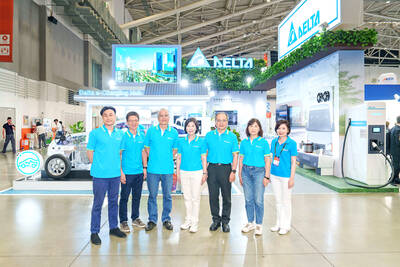
Power supply and electronic components maker Delta Electronics Inc (台達電) yesterday said it plans to ship its new 1 megawatt charging systems for electric trucks and buses in the first half of next year at the earliest. The new charging piles, which deliver up to 1 megawatt of charging power, are designed for heavy-duty electric vehicles, and support a maximum current of 1,500 amperes and output of 1,250 volts, Delta said in a news release. “If everything goes smoothly, we could begin shipping those new charging systems as early as in the first half of next year,” a company official said. The new